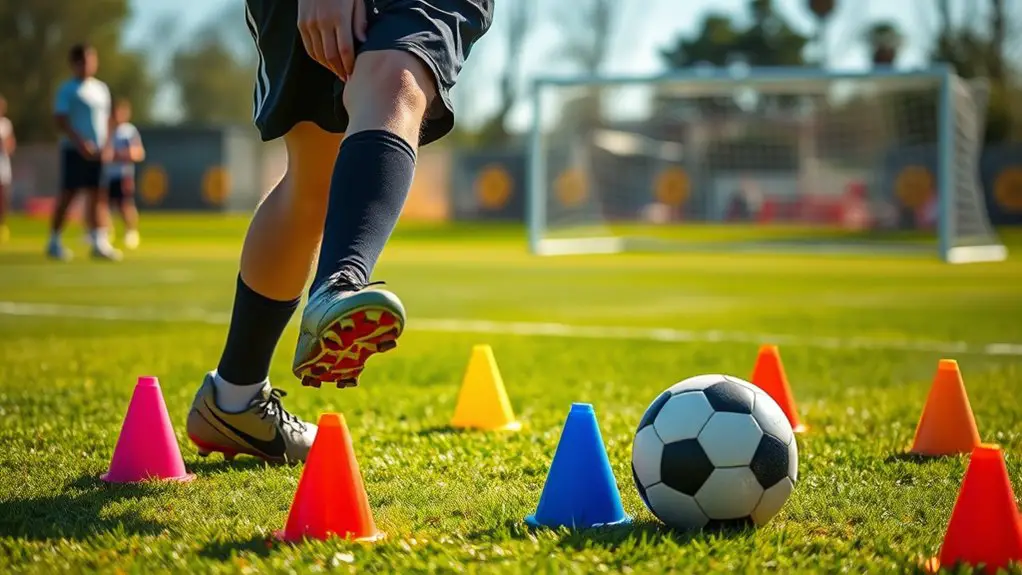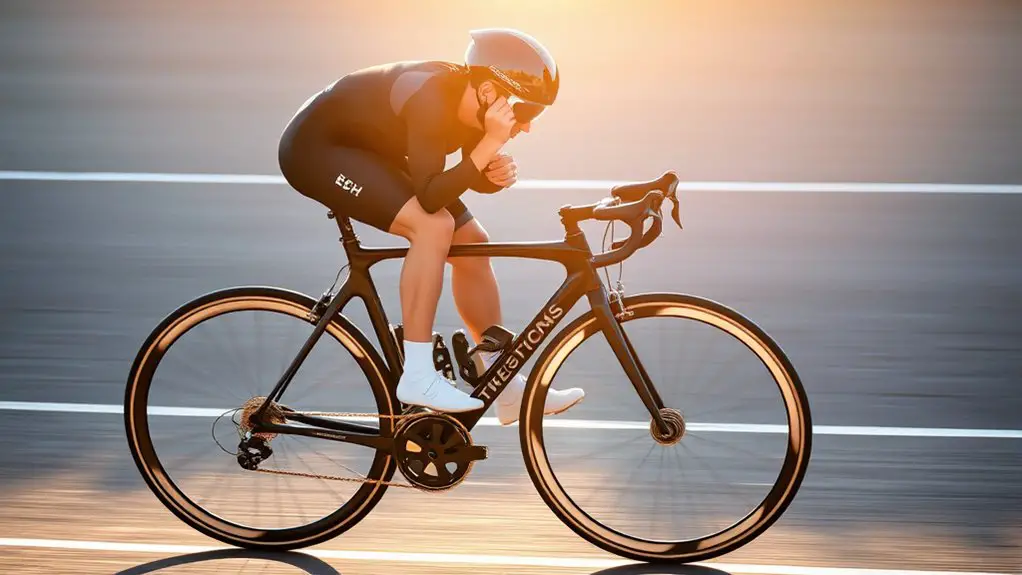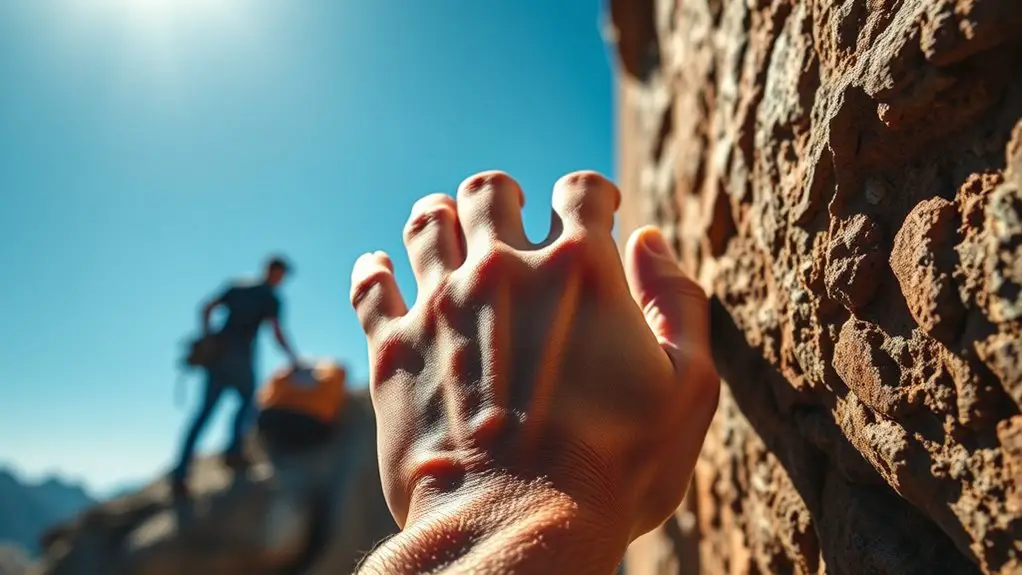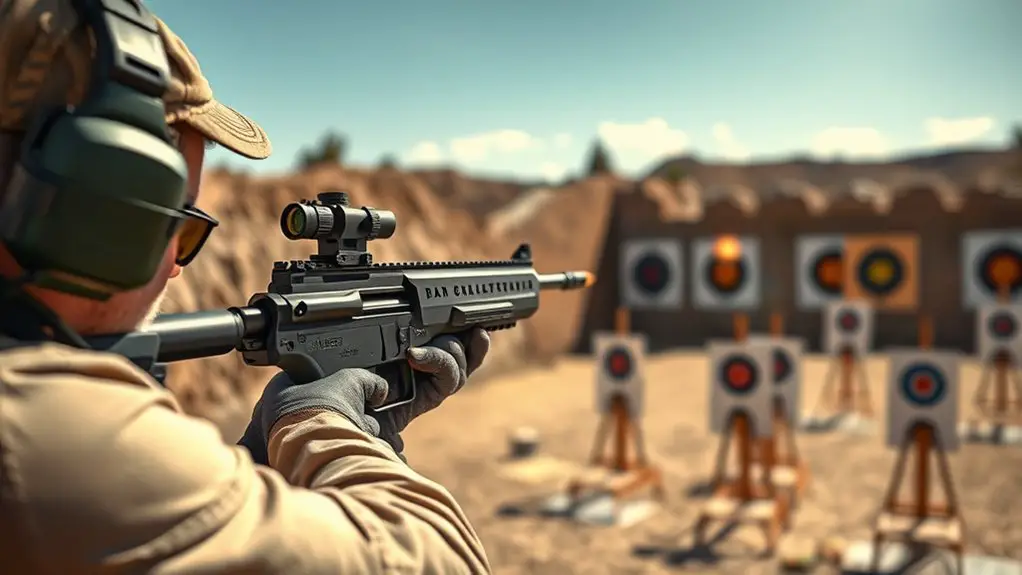To improve your footwork in soccer, focus on mastering key techniques like dribbling and juggling. Regularly practice agility drills such as cone drills and shuttle runs to boost your speed and coordination. Incorporate ladder drills for enhanced foot speed and overall coordination. Don't forget to work on your change of direction and balance, too. Staying consistent and mixing up your training routine will help you see progress. You'll discover more tips to elevate your game further.
Understanding the Importance of Footwork in Soccer
Footwork is the foundation of any successful soccer player's skill set. When you master your footwork, you reveal your potential on the field. Good footwork lets you maneuver around defenders, control the ball with precision, and respond quickly to changing game situations. It's about being light on your feet, allowing you to express your style and creativity. You'll find that effective footwork gives you the freedom to make bold plays and take risks without hesitation. It can be the difference between a missed opportunity and a game-winning goal. So, embrace the importance of footwork; it's not just a skill but a pathway to playing the beautiful game with confidence and flair. Your journey starts with each step you take.
Key Footwork Techniques Every Player Should Master
While mastering footwork techniques might seem challenging, it's essential for every soccer player looking to elevate their game. Here are three key techniques that can help you gain confidence and control on the field:
| Technique | Description | Benefits |
|---|---|---|
| Dribbling | Quick touches to maneuver around defenders | Enhances ball control |
| Juggling | Keeping the ball in the air using various body parts | Improves touch and balance |
| Side Shuffles | Lateral movement to maintain positioning | Boosts agility and reaction |
Essential Drills to Enhance Agility and Speed
Improving your footwork is just the beginning; to truly excel on the soccer field, you'll want to focus on agility and speed. These essential drills can help you reveal your potential and enjoy the game even more:
- Cone Drills: Set up cones and weave through them to enhance your quick direction changes.
- Shuttle Runs: Sprint back and forth between two points to build explosive speed.
- Box Jumps: Jump onto a sturdy box to develop leg power and coordination.
- High Knees: Perform this exercise to improve your quickness and elevate your heart rate.
- Lateral Bounds: Jump side-to-side to strengthen your lateral movements.
Incorporating these drills into your routine will not only boost your performance but also give you the freedom to dominate the field!
Incorporating Ladder Drills for Better Coordination
Ladder drills are a fantastic way to enhance your coordination on the soccer field, as they challenge your agility and foot speed in a dynamic setting. By incorporating these simple yet effective exercises into your training, you'll become more responsive and nimble during games.
Here's a quick reference table for ladder drills you can try:
| Drill Name | Focus Area |
|---|---|
| Two-Foot In-Out | Quick foot movement |
| Lateral Shuffle | Side-to-side agility |
| Icky Shuffle | Overall coordination |
Start with these drills for a few minutes each session. You'll feel the difference in your footwork, and your confidence on the field will soar. Enjoy the freedom your improved coordination brings!
Practicing Change of Direction and Balance
Enhancing your footwork goes beyond just speed and agility; it also involves mastering change of direction and balance. When you can pivot and shift seamlessly, you'll elevate your game and outmaneuver opponents. Here are some ways to practice:
Elevate your game by mastering footwork, change of direction, and balance for seamless movement and improved performance.
- Set up cones to create a zig-zag course.
- Use a balance board to enhance stability.
- Incorporate lateral shuffles in your drills.
- Practice quick stops and starts in various directions.
- Engage in plyometric exercises for explosive movements.
Tips for Maintaining Consistency in Footwork Training
While it's easy to get caught up in the excitement of training, maintaining consistency in your footwork practice is essential for long-term improvement. Start by setting a regular schedule that fits into your lifestyle—this way, you'll create a habit. Mix up your drills to keep things fresh and engaging; variety can spark motivation. Track your progress and celebrate small wins to stay inspired. If you hit a plateau, don't get discouraged—just adjust your routine. Find a training partner to keep each other accountable, making practice more enjoyable. Finally, remember to incorporate rest days; your body needs recovery to perform at its best. Embrace the journey, and let your passion drive you forward in mastering your footwork!
Frequently Asked Questions
How Can Nutrition Affect My Footwork Performance in Soccer?
Have you ever felt sluggish on the field? Nutrition fuels your body, enhancing energy levels and agility. When you eat right, your footwork improves, allowing you to dance past defenders with ease and confidence.
What Footwear Is Best for Improving Footwork?
Choosing the right footwear's essential for enhancing your footwork. Look for lightweight, flexible cleats with good traction. They'll help you move swiftly and confidently on the field, giving you the freedom to express your skills.
How Often Should I Practice Footwork Drills?
Focusing on frequency fosters fantastic footwork. You should practice footwork drills three to four times a week. Consistency's key, so mix it up with fun variations to keep your training fresh and exciting!
Can Strength Training Enhance My Footwork Skills?
Absolutely, strength training can enhance your footwork skills! It builds muscle endurance and stability, allowing you to move quicker and more confidently. Incorporating resistance exercises will definitely give you that edge on the field.
What Common Injuries Are Associated With Poor Footwork?
Poor footwork can lead to common injuries like ankle sprains, knee injuries, and muscle strains. You're often more vulnerable to these issues if you don't pay attention to your foot placement and balance during movement.




